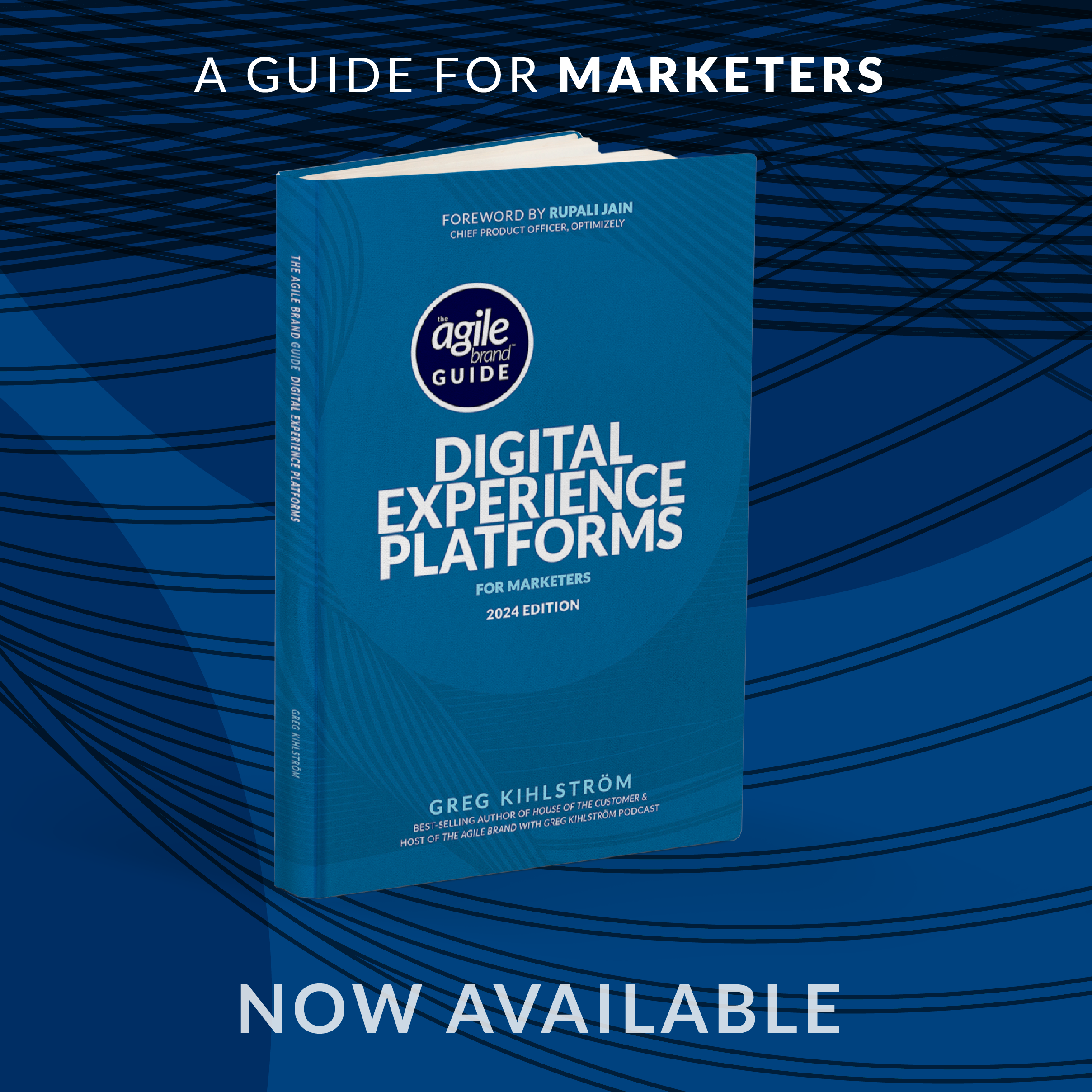This article was based on the interview with Peter Galvin, CMO at NMI by Greg Kihlström, AI and MarTech keynote speaker for The Agile Brand with Greg Kihlström podcast. Listen to the original episode here:
The payments landscape is rapidly evolving, driven by digital transformation and rising customer expectations. Consumers crave seamless, integrated experiences, and businesses that fail to deliver risk being left behind. Peter Galvin, CMO of NMI, a leading payment acceptance platform, shared his insights on the trends shaping the future of payments, emphasizing the importance of frictionless experiences, embedded payments, and the transformative potential of AI. His perspective, gleaned from years of experience in security, SaaS, and the payments industry, offers valuable guidance for marketing leaders navigating this complex landscape.
This shift towards frictionless payments is not merely a technological trend; it’s a fundamental shift in consumer behavior. The expectation of seamlessness extends beyond payments to encompass the entire customer journey. For marketing leaders, this means rethinking traditional approaches and embracing innovative solutions that prioritize speed, convenience, and personalization. The future of customer loyalty hinges on the ability to deliver experiences that are not just frictionless but also delightful and memorable.
The Rise of Frictionless and Embedded Payments
Galvin highlights the growing trend of frictionless payments, driven largely by the ubiquity of digital wallets and the increasing use of mobile devices as point-of-sale terminals. This shift is blurring the lines between the physical and digital worlds, creating opportunities for businesses to embed payments seamlessly into various touchpoints. As Galvin explains, “The best payment experience somebody has ever had is the ones they’ve never known they did.” This seemingly paradoxical statement encapsulates the essence of frictionless payments: they should be so integrated into the customer journey that they become almost invisible.
“The best payment experience somebody has ever had is the ones they’ve never known they did.”
This invisibility, however, doesn’t diminish the importance of security. In fact, Galvin emphasizes the need to balance security and convenience, leveraging technologies like tokenization and biometrics to enhance security without compromising the customer experience. He notes that the shift towards embedded payments allows businesses to integrate security measures seamlessly into their software platforms, creating a more secure and user-friendly experience for customers.
“If you’re an e-commerce site and you have an Apple Pay or Google Pay or even a PayPal button… you’re focused on how do you make it easy for consumers to actually pay for something, you start to see that those are the technologies that people will use because they don’t have to go through this painful process of putting in a credit card number and all the other data.”
The Impact on Customer Loyalty
The move toward frictionless payments has a profound impact on customer loyalty. Galvin points out that, particularly among younger consumers, seamless experiences are no longer a differentiator but a baseline expectation. Businesses that fail to meet these expectations risk losing customers to competitors who offer more convenient and user-friendly payment options.
“If you can’t make this experience… something that is enjoyable or easy or fast… customers just won’t come back.”
This highlights the strategic importance of embedded payments. By integrating payments directly into their software platforms, businesses can create a more seamless and personalized customer experience, reducing friction and increasing the likelihood of repeat purchases. This is particularly important for SaaS companies, which Galvin notes have been somewhat hesitant to embrace embedded payments due to the perceived complexity. However, he argues that the benefits of increased customer loyalty and revenue generation far outweigh the challenges of implementation.
The Transformative Power of AI
Looking ahead, Galvin sees AI as a transformative force in the payments landscape. He points to the emergence of consumer-serving AI agents as a game-changer, creating new opportunities for businesses to interact with customers and personalize the shopping experience. He also notes that the increasing reliance on conversational interfaces has important implications for businesses seeking to optimize their digital presence and engage with AI-powered agents effectively.
“I’m not going to go look at a bunch of websites. I’m going to just tell it what I want it to do, give it a bunch of options, have it come back to me and give me options….”
The rise of AI-powered agents will undoubtedly create new challenges and opportunities for businesses. Marketing leaders must adapt their strategies to accommodate this emerging technology, focusing on creating experiences that are not only frictionless but also intelligent and personalized. This requires a deep understanding of how AI is changing consumer behavior and a willingness to experiment with new approaches to customer engagement.
The future of payments is not just about technology; it’s about creating experiences that are seamless, secure, and personalized. By embracing frictionless payments, embedding payments strategically, and harnessing the power of AI, businesses can enhance customer loyalty, drive revenue growth, and position themselves for success in the rapidly evolving digital landscape. The key, as Galvin suggests, is to stay curious, embrace innovation, and never stop learning. The future of payments is frictionless, and the future of marketing is about creating experiences that anticipate and exceed customer expectations.








